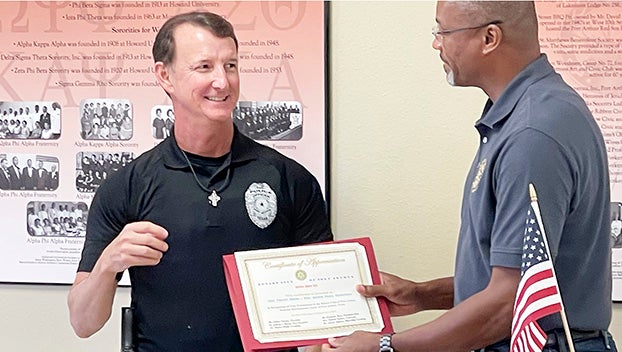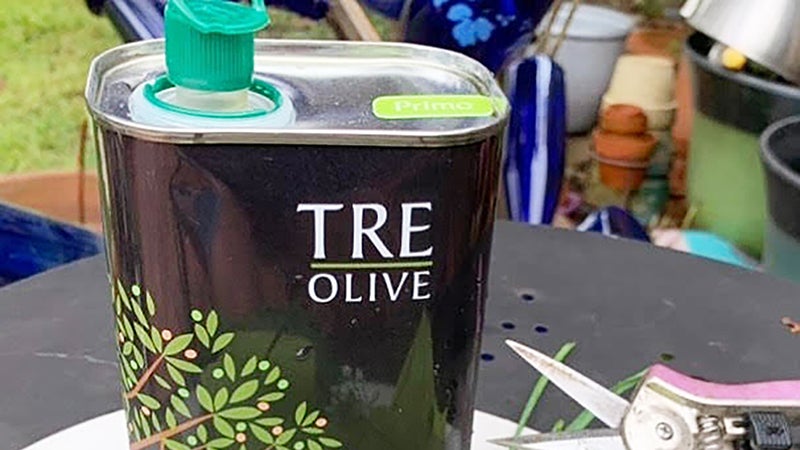KATHIE’S KORNER — Origins of Mardi Gras
Published 12:01 am Saturday, February 22, 2020

- KATHIE'S KORNER — Kathie Deasy
I’m not trying to be negative or “old school” about celebrations, but I am very selective about how and where I spend my time.
I’m certain most people don’t know anything about Mardi Gras except for the party aspect! Our Rock Church S.E. that we pastored for 15 years in Port Arthur, Texas, was very outreach motivated, as our Pastor was Evangelistic. A few years ago, we set up our semi-truck, singing and playing with our band, fun, powerful, meaningful songs about God, and gave away bowls of gumbo, offering prayer, endeavoring to make a positive difference in the crowds, that weekend and for eternity!
In the 1880s it was a Christian Holiday known as Three Kings Day, a feast of Epiphany with carnivals and parades.
Mardi Gras means Fat Tuesday. It is a practice of the last night of eating rich, fatty foods before the ritual fasting of lent or Lenten (a 40-day fast of certain foods). I’ve never talked to anyone who has fasted that long, at this particular event?
I’m an enthusiastic believer and I practice fasting with much success for God. I like to teach about fasting, preparing for it and during the time set aside to fast, to those who are interested. The personal communion with God is incredible, not begging for something, but assisted by angels and prayer with wonderful results for different reasons or needs, not distracted by food, its preparation or whatever you’re fasting. One of my amazing mentors fasted years ago from music, another from reading, and another for weight loss, and a music tour of people, all to be clear thinking and listening to God for future instructions.
Ash Wednesday is a Christian Holy Day (some churches still recognize and follow), set aside for prayer and fasting with accompanying black crosses on the forehead, signifying ash. In the Old Biblical days, it signified repentance or grief and for them to remember they will return to dust? Wow!
The beads today replaced treats thrown by crowds in the 1880s consisting of candies and nuts. New Orleans used to throw glass beads and doubloons, large metallic coins (with no value), the size of a half-dollar, merely a souvenir for the crowds at parades.
The colors of the beads: Purple (justice), green (faith) and gold (power) were declared by the first King of a daytime carnival in 1872. Nowadays, some light up, flash, and are made up of various animals or fish. The markets are all array with King Cakes, frosted with the colors of the beads and each with a plastic, baby Jesus, from the Festival of Epiphany meaning “to show” as some countries and religions celebrate the day when Jesus showed Himself to the wise men and the world (a Holy Day), a tradition thought to have been brought to New Orleans from France in 1870!
Remember, as we approach the celebrations in cities all over Texas and Louisiana, to keep it civil, family oriented, and enjoy the carnivals and parades. You can catch beads but, remember the color meanings and that our forefathers’ plan was a Christian Holiday!
Kathie Deasy writes about religion for The Port Arthur News. She can be reached at kathie.deasy@hotmail.com.





